Multi-Clean - Granular Algaecide
Multi-Clean - Granular Algaecide
Couldn't load pickup availability
Introducing Multi-Clean, the premium solution for spot treating and quickly eliminating algae in your pond. This fast-acting and powerful granular algaecide treatment is specifically designed to tackle tough algae spots, making it an essential tool for maintaining a clean and healthy pond environment.
Key Features and Benefits:
- Targeted Algae Removal: Effectively removes unsightly algae spots from pond rocks, waterfalls, and other surfaces.
- Fast-Acting Formula: Works quickly upon contact, delivering visible results in just a few hours.
- Easy to Use: Simply sprinkle Multi Clean directly onto the wet algae-covered area. It’s easy to apply, even in hard-to-reach spots.
- Safe for Aquatic Life: When used as directed, it’s safe for fish, plants, and other wildlife in and around your pond.
- Oxygen-Based Cleaning: Utilizes oxygen to lift algae, adding beneficial oxygen to the pond water as a byproduct.
- Versatile Application: Ideal for use in various pond areas, including waterfalls and stream beds.
- Caution for Use: Ensure skin protection during application, as the product can be potent. After proper rinsing of treated areas, it is safe for pets and birds.
- Flexible Packaging Options: Available in various quantities to suit ponds of all sizes.
Multi-Clean is your go-to product for maintaining pristine water features, effectively combating algae growth and ensuring a clear, healthy pond.
Question: Can you put too much algaecide in a pond?
Answer: Yes, it is possible to put too much algaecide in a pond, and doing so can have adverse effects on the pond's ecosystem. While algaecides like Multi Clean are designed to control algae growth, overuse or incorrect application can lead to several problems:
-
Aquatic Life: High concentrations of algaecides can be toxic to fish, beneficial bacteria, and plants in the pond. This can disrupt the ecological balance and potentially kill aquatic organisms.
-
Chemical Imbalance: Excessive use of algaecides can alter the chemical balance of the pond water. This includes changes in pH levels and increased concentrations of certain chemicals, which can be harmful to the pond’s inhabitants.
-
Oxygen Levels: Particularly with algaecides like Multi-Clean, overuse can lead to supersaturation of oxygen, which can cause gas bubble disease in fish. This condition is harmful and can be fatal to fish.
-
Environmental Impact: Excess algaecide can run off into surrounding ecosystems, potentially harming other wildlife and plants. It's important to consider the broader environmental impact.
-
Diminished Effectiveness of Beneficial Bacteria: Beneficial bacteria play a key role in maintaining the health of a pond by breaking down organic matter and nutrients. Overuse of algaecides can harm these beneficial bacteria, leading to long-term issues with water quality.
-
Cost and Efficiency: Using more algaecide than necessary is not cost-effective and can lead to unnecessary expenses. Following the recommended dosage is both economical and effective.
-
Gradual Treatment: In cases of severe algae infestation, it might be tempting to use a stronger dose. However, a gradual approach is often safer and more effective. It might involve starting with a standard dose and observing the pond's response before deciding on further treatment.
-
Seek Expert Advice: If you're unsure about the correct dosage for your pond's specific needs, it may be beneficial to consult with a pond management professional. They can provide tailored advice based on your pond's unique characteristics.
do not overdose, no more than 75 grams per 1000 litres. It's essential to adhere to the specific instructions provided for the algaecide you are using. Overdoing it can cause more harm than good, so precision in following the recommended dosage is key.
If you're dealing with persistent or severe algae problems, it's often more effective to address underlying causes such as excess nutrients, rather than solely relying on chemical treatments. Regular pond maintenance, including proper filtration, aeration, and controlling nutrient sources, is crucial for preventing excessive algae growth. In cases of uncertainty or severe imbalance, consulting with a pond management professional is advisable.
Is algae on the side of the pond OK?
Algae growth on the sides of a pond is a common occurrence and can be considered normal to a certain extent. However, whether it's okay or not largely depends on the amount and type of algae, as well as the overall health of the pond ecosystem. Here's a more detailed look:
-
Small Amounts are Normal: A thin layer of algae on pond sides, often called "biofilm," is natural and can even be beneficial, as it forms part of the pond's ecosystem. This biofilm is usually a sign of healthy water quality and provides a habitat for beneficial microorganisms.
-
Types of Algae: There are many types of algae, ranging from beneficial green algae to more problematic varieties like blue-green algae (cyanobacteria), which can be toxic. Identification of the type of algae is crucial in deciding whether it's a problem.
-
Aesthetic Considerations: While some algae are ecologically beneficial, they might not be aesthetically pleasing. Excessive algae growth can make a pond look neglected and can obscure the viewing of fish or other pond features.
-
Balance is Key: A balanced pond will have some algae, but it won't overrun the pond. Excessive algae growth can indicate an imbalance in the pond's ecosystem, often due to overfeeding fish, excessive sunlight, or poor filtration.
-
Potential Problems: Thick algae growth can deplete oxygen levels in the water, especially at night when algae consume oxygen. This can be harmful to fish and other aquatic life.
-
Maintenance: Regular pond maintenance, including controlling nutrient levels, adequate filtration, and controlling sunlight exposure (e.g., through shading or aquatic plants), can keep algae growth in check.
-
Algae Blooms: Sudden algae blooms, especially in warm, nutrient-rich water, can be problematic and should be addressed. They can lead to oxygen depletion and affect the health of the pond.
In summary, a small amount of algae on the sides of a pond is typically fine and part of a natural ecosystem. However, it's important to monitor and manage algae growth to ensure it doesn't become excessive, keeping the pond healthy and aesthetically pleasing. If you're unsure about the algae in your pond, consulting with a pond management professional can provide clarity and guidance.
Have any of these questions?
How to use
How to use
Shipping
Shipping
Our shipping fees apply to UK residents. If you're further afield then reach out to us with your order, then dispatch cant calculate the shipping fees
Return policy
Return policy
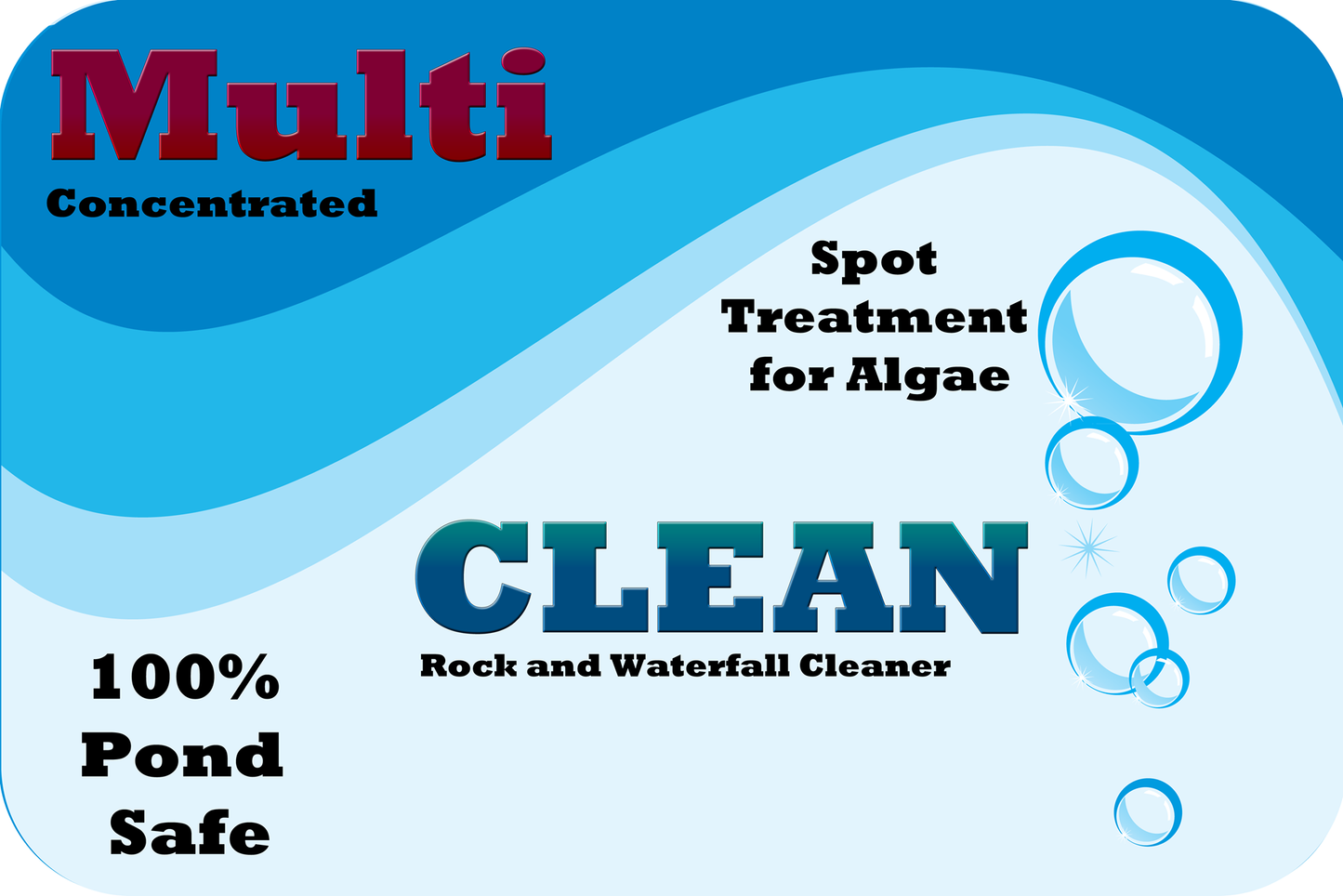
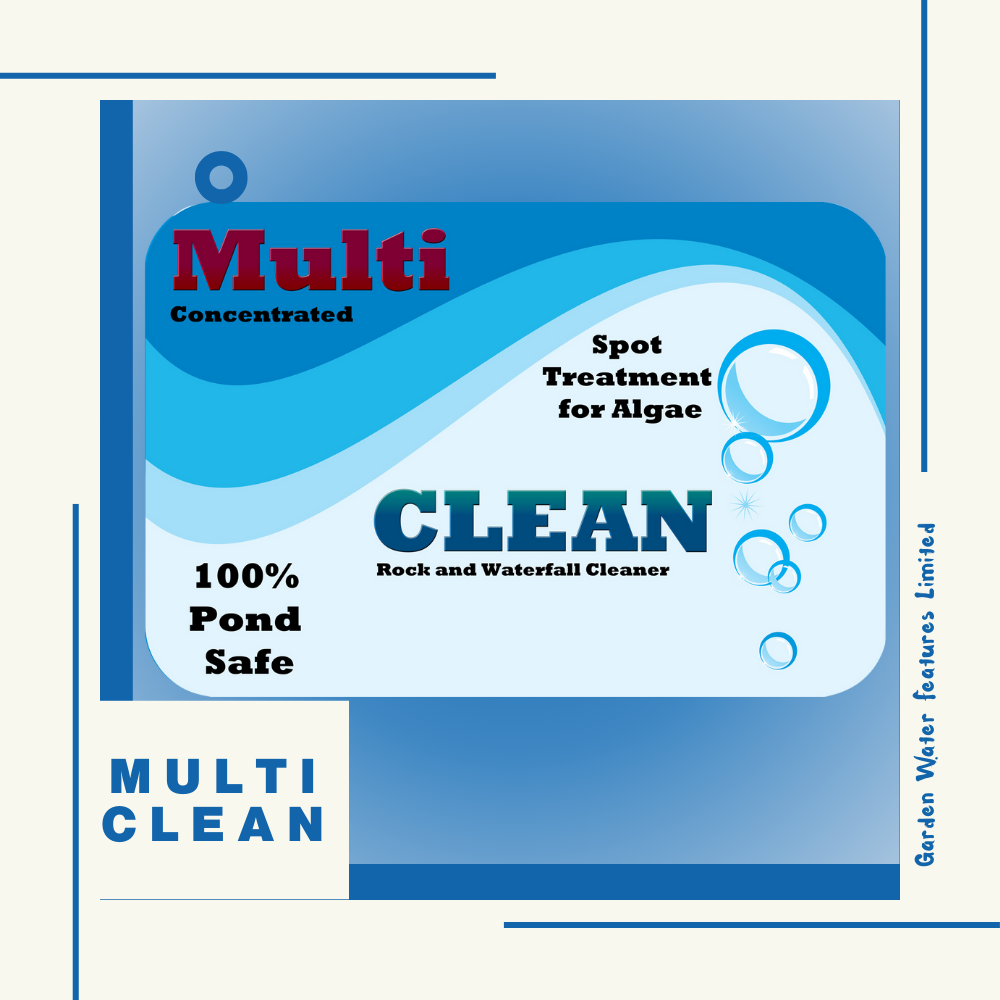
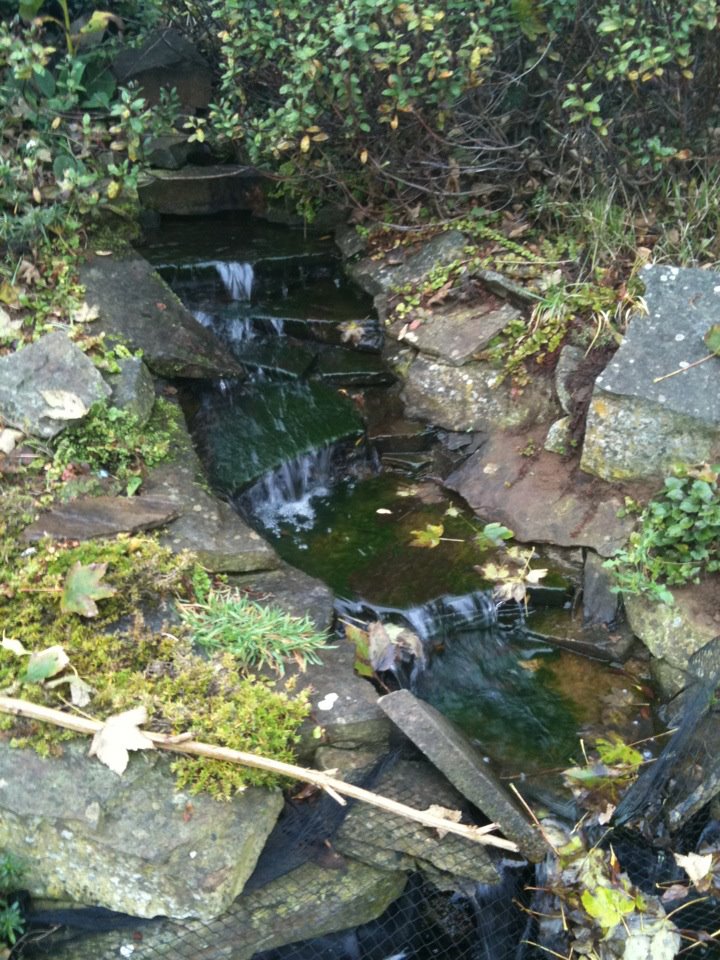
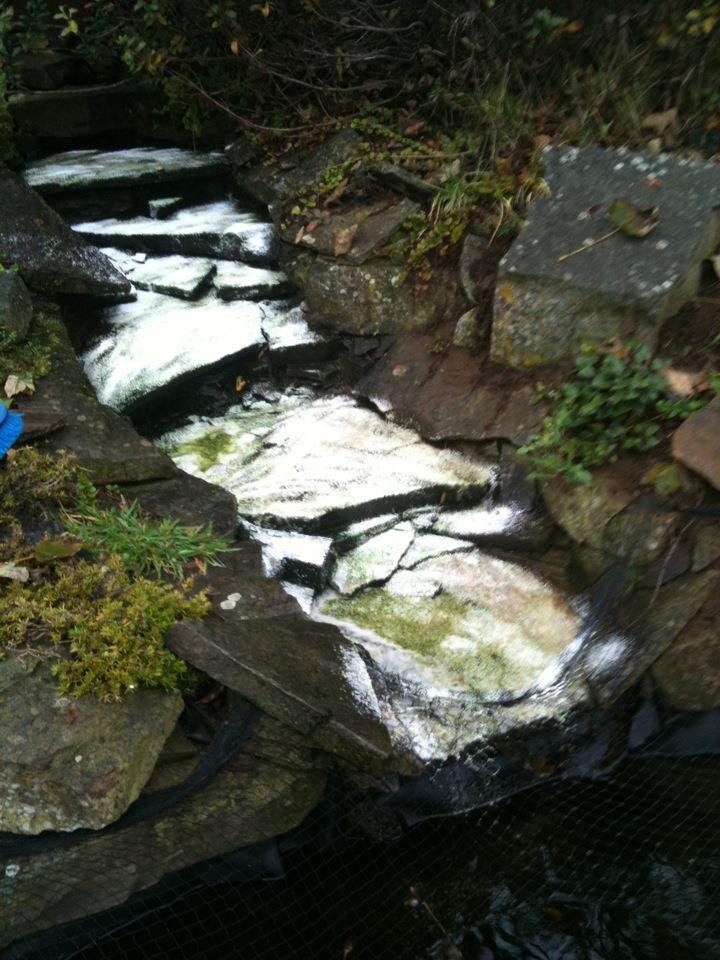
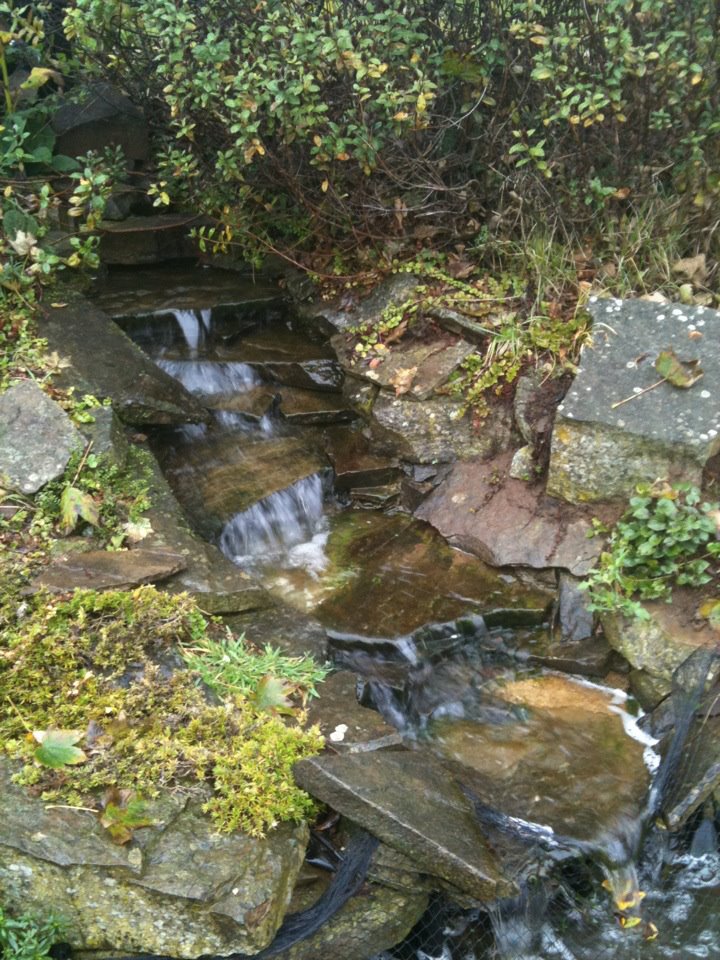
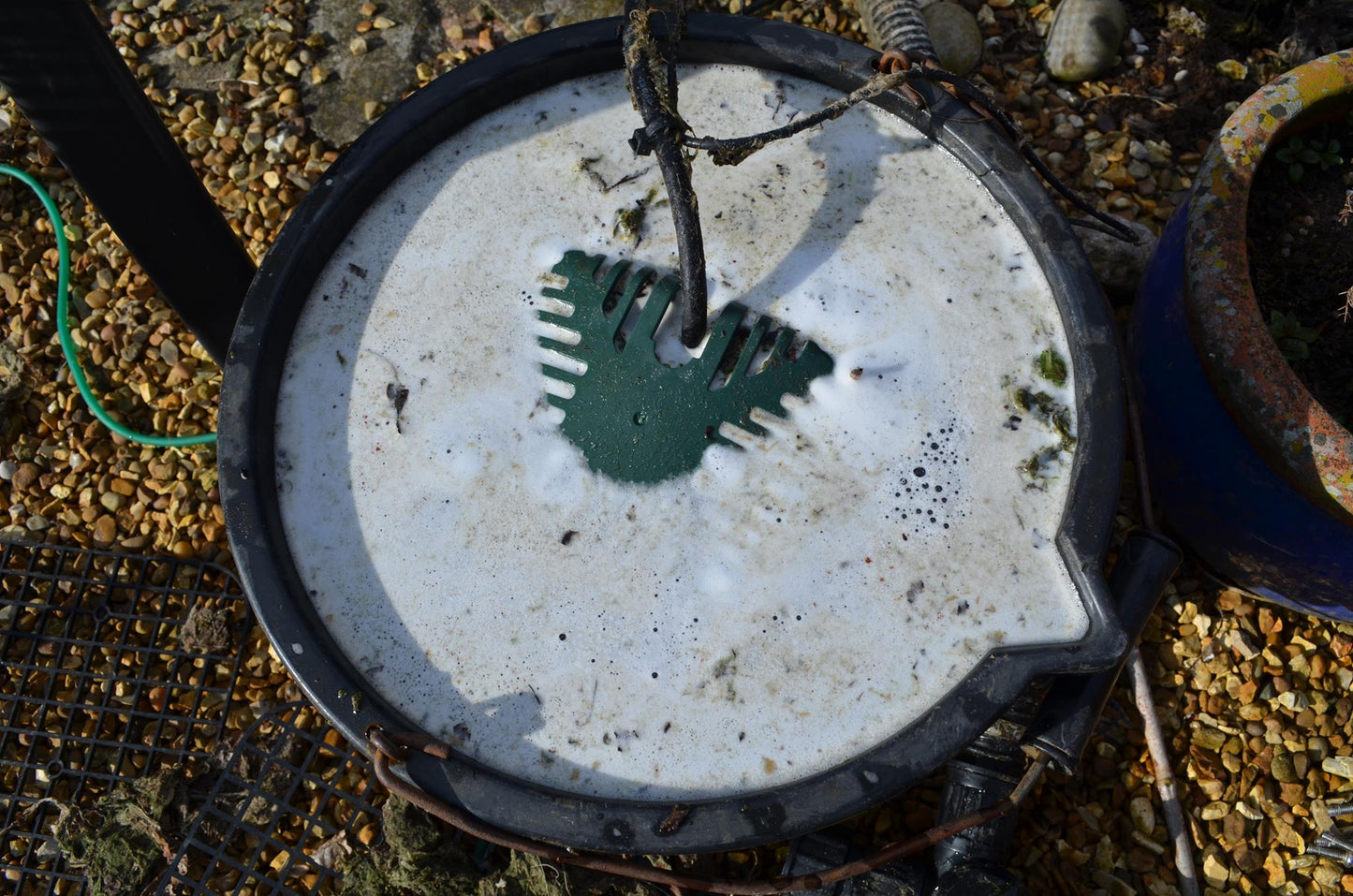
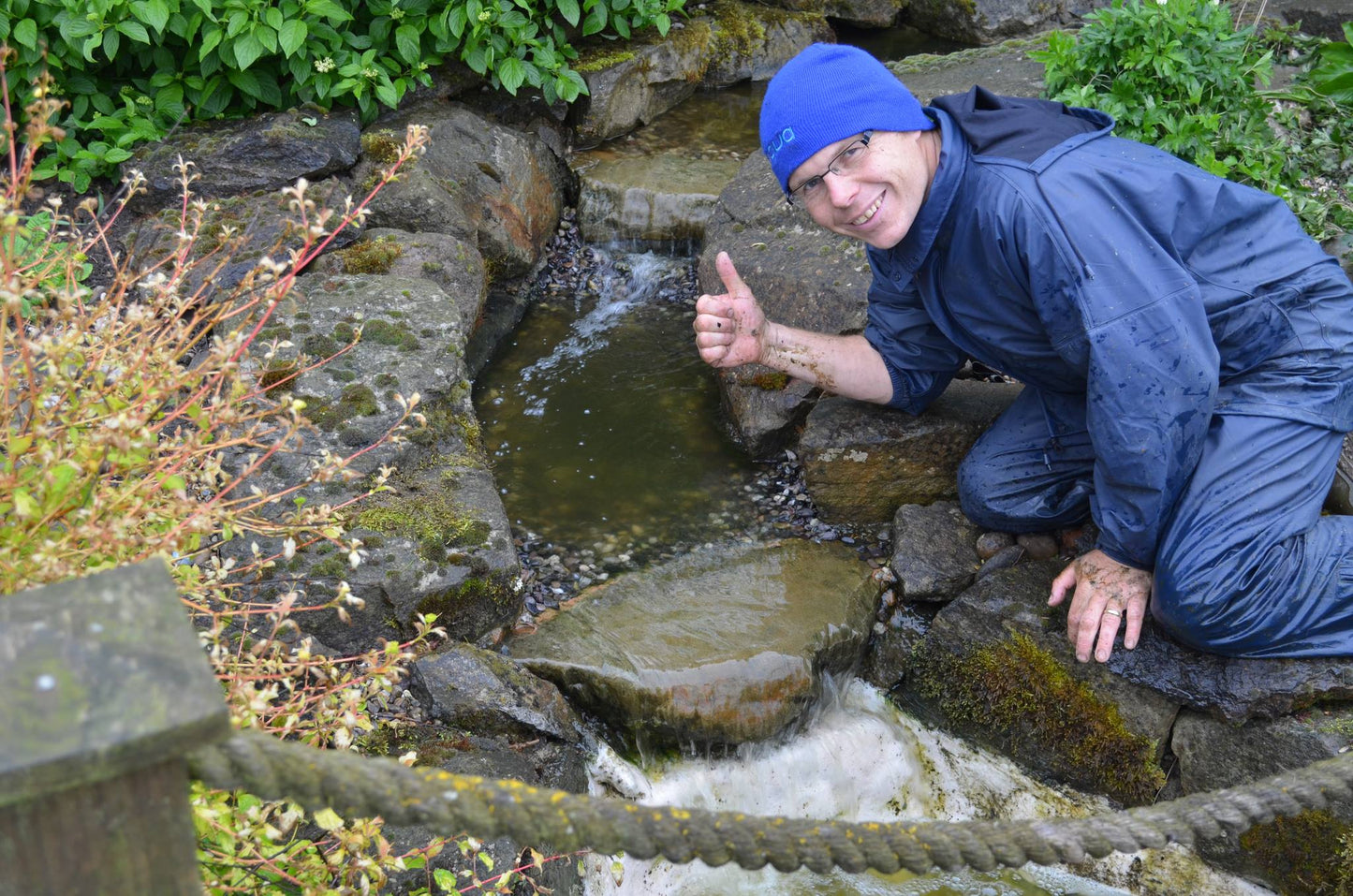
Hand Feed Your Pond Fish
Watch this video to learn how.







